The Republic of Uzbekistan takes place at the 18th International Architecture Exhibition – La Biennale di Venezia with its national pavilion, under the title “Unbuild Together: Archaism vs. Modernity”, Curated by Studio KO. In response to the theme of this year’s Biennale, “The Laboratory of the Future”, the Uzbekistan National Pavilion addresses different horizons of Uzbekistan’s architectural heritage as a potential tool to envision the future and a key element to challenge the concept of modernity.
-Press release
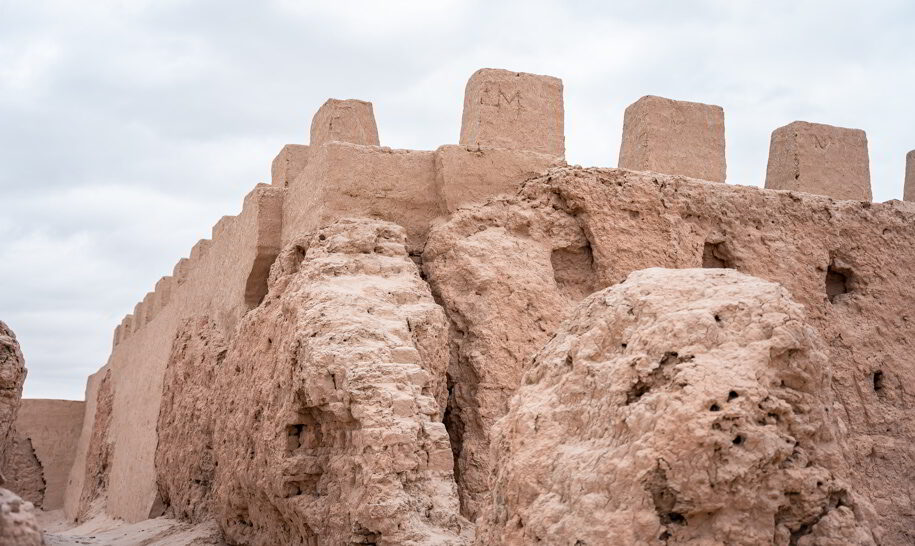
The Art and Culture Development Foundation of the Republic of Uzbekistan (ACDF) announces the title of the Uzbekistan National Pavilion at the 18th International Architecture Exhibition – La Biennale di Venezia. The Uzbekistan National Pavilion, entitled Unbuild Together: Archaism vs. Modernity, is curated by the architectural firm Studio KO. The curatorial team will include Karl Fournier, Olivier Marty, Jean-Baptiste Carisé, Sophia Bengebara. In response to the theme of the 18th International Architecture Exhibition – La Biennale di Venezia, The Laboratory of the Future, the Uzbekistan National Pavilion entitled Unbuild Together: Archaism vs. Modernity addresses different horizons of Uzbekistan’s architectural heritage as a potential tool to envision the future and a key element to challenge the concept of modernity.
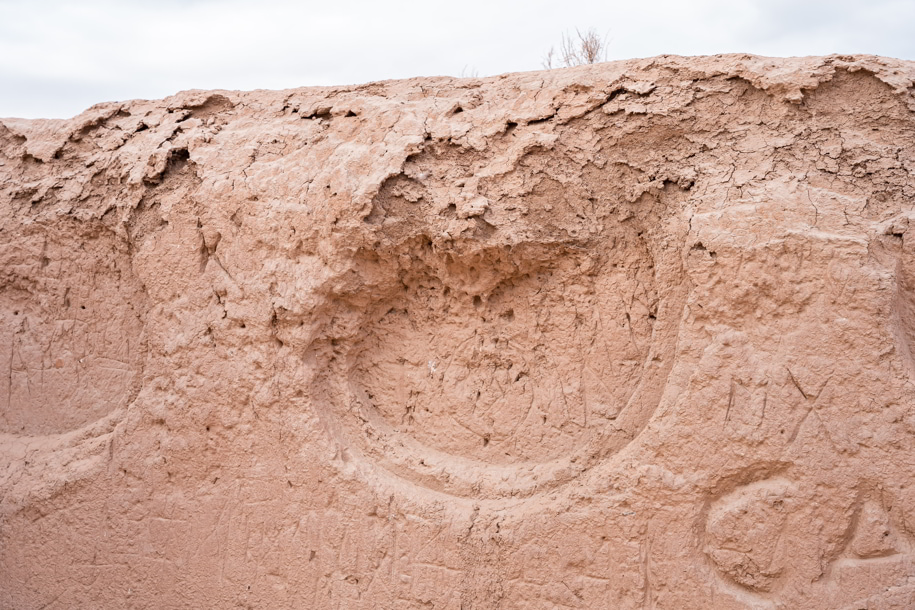
Unbuild Together: Archaism vs. Modernity is a research-based project which will be centred around the ruins of the qalas, ancient fortresses of the Karakalpakstan, heritage of the Khorezm civilization, and the multiple possibilities that earth offers to build, especially the bricks. Bricks, both a universal and archaic material, are the building block of Uzbek architecture. Together with the architectural students and professors of the Ajou University in Tashkent, and associated artists, Studio KO will explore the materiality of bricks, soil, and clay. Through this collaboration combining theoretical work experimentation with the students and a reinterpretation of the modes of brick fabrication, its techniques of construction and its types of finishes, the spatial proposal of the Pavilion will emerge. Certain bricks in the installation will be glazed by Uzbek artist and ceramics master Abdulvahid Bukhoriy, one of the few craftsmen to master the nearly lost Blue Bukhara ceramics technique.
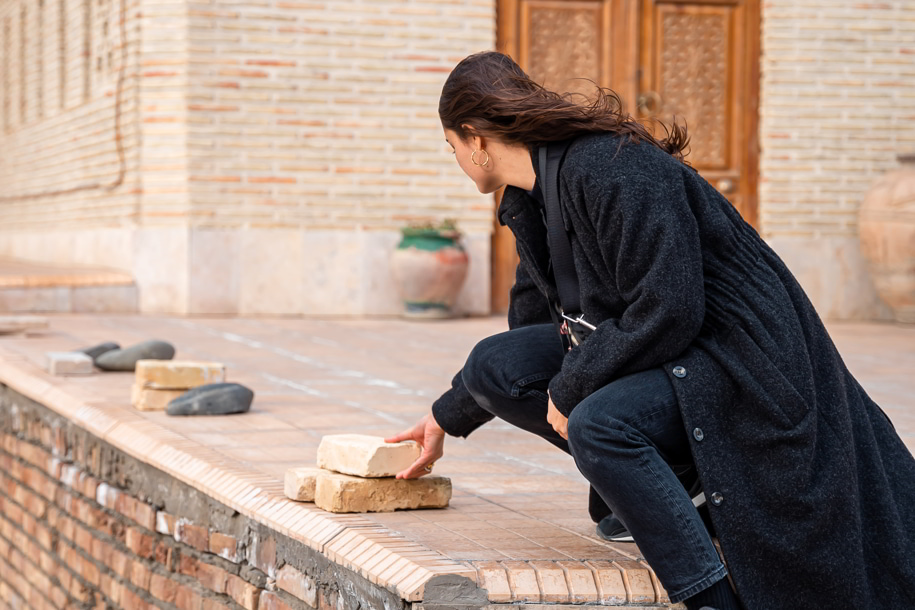
“Uzbekistan is a country with a rich and diverse cultural heritage, and its ancient qalas (fortresses) and traditional craftsmanship are an important part of this legacy. The qalas, which are found throughout the country, are an enduring symbol of the resilience and strength of the Uzbek people, and are a testament to the country’s long and varied history. By promoting their significance at the 18th International Architecture Exhibition – La Biennale di Venezia, we can help to raise awareness of the importance of cultural heritage preservation and encourage others to join us in this effort”.
— Saida Mirziyoyeva, Head of the Communications and Information Policy Section of the Administration of the President of the Republic of Uzbekistan.
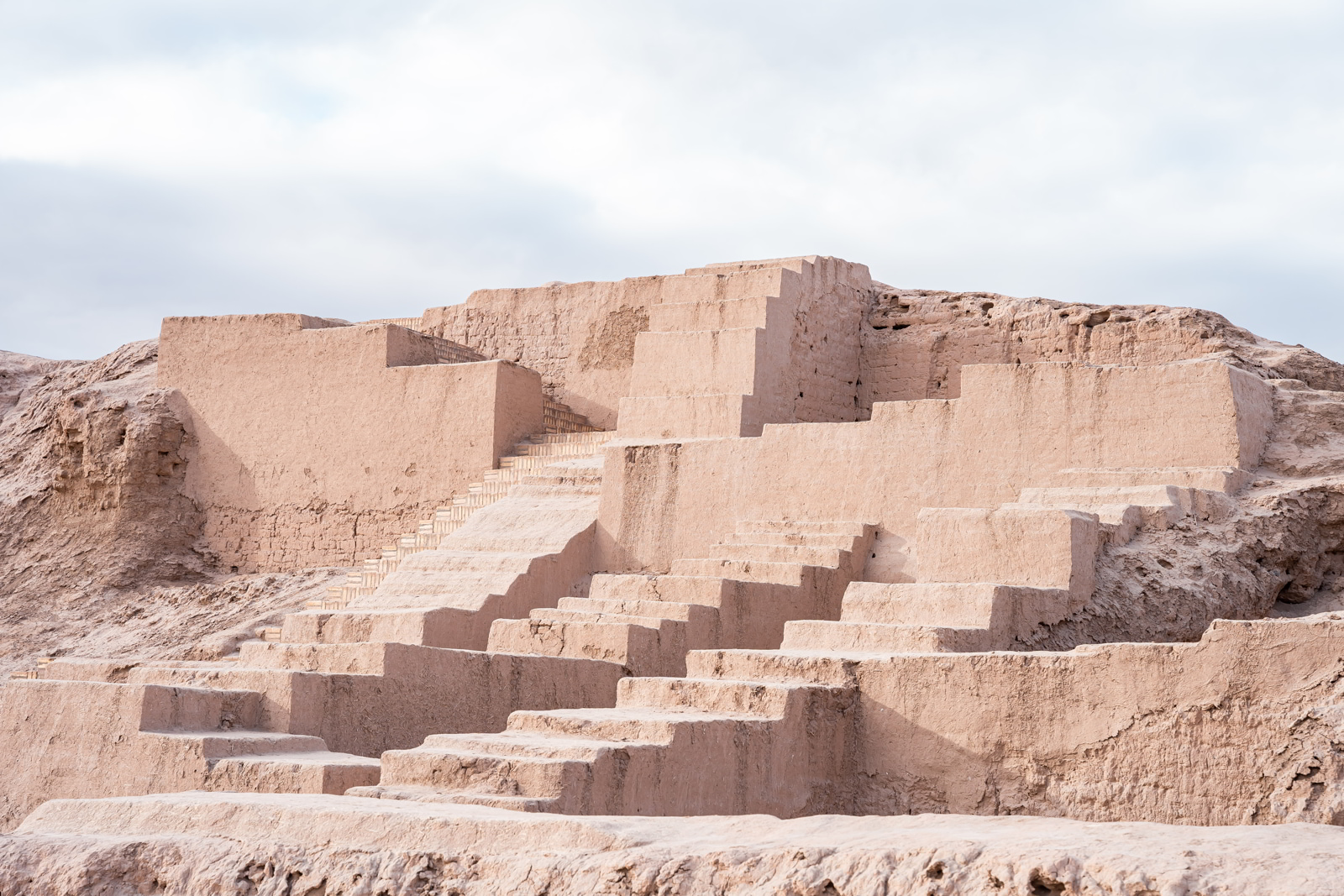
“As we look towards the future, our ancient heritage can help us to rethink the trajectory of humanity and the role that architecture plays in shaping our collective destiny. By examining the architectural remains of past societies, we can gain insight into the values, beliefs, and technologies that shaped their worlds. This in turn can inform our own design choices and decision-making as we work to build a better future. Traditional Uzbek bricks made using centuries-old techniques are durable, sustainable, and beautiful. Manufactured from natural materials, they are still sturdy and can last millennia, making them a good choice for long-lasting building projects.”
— Gayane Umerova, Executive Director of the Art and Culture Development Foundation of the Republic of Uzbekistan.
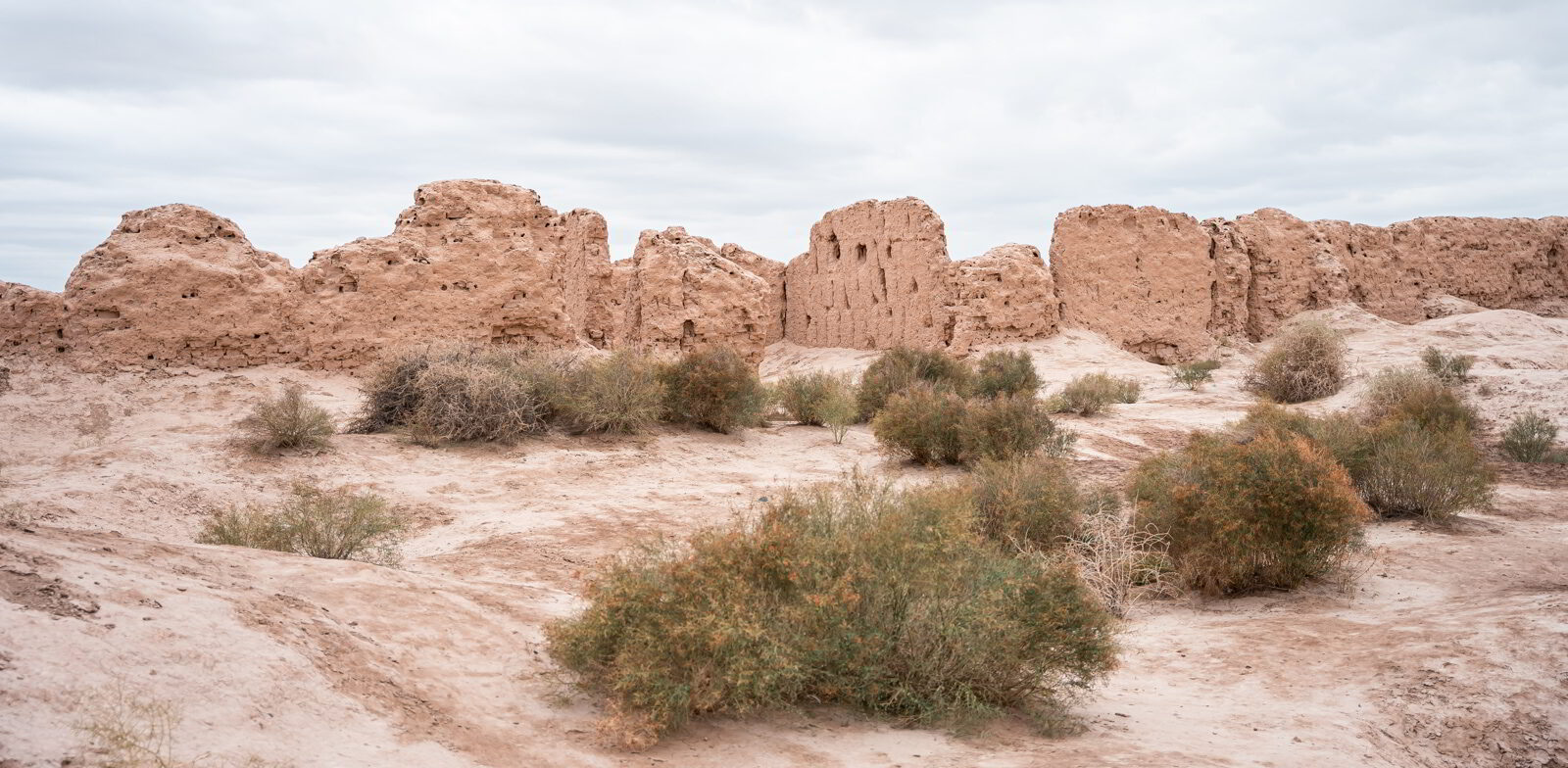
Unbuild Together: Archaism vs. Modernity
The project
Our response to the theme of the 18th International Architecture Exhibition of La Biennale di Venezia, The Laboratory of the Future, can be read as an encounter of different horizons, allowing us to take a cross look at the Uzbek architectural heritage, to delve into its past in order to find the necessary tools for the elaboration of tomorrow’s world. Unbuild together the modernity, by questioning the notion of archaism. Participation is above all collaborative, placing the human being at the center of our approach.
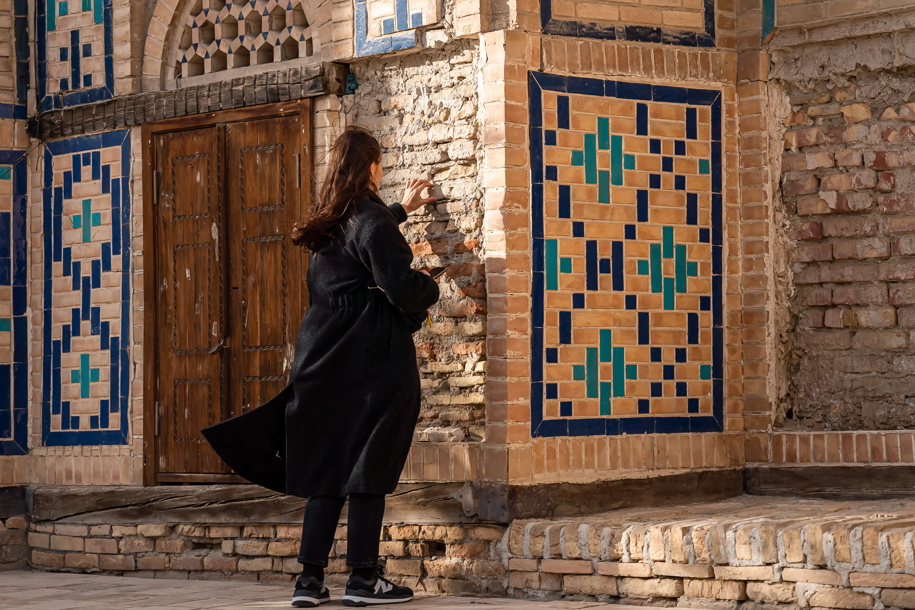
Through the exchanges between us and architectural students of Ajou University in Tashkent, craftsmen and associated artists, a collective proposal will emerge, leaving a place for the unexpected. The associated artists all have a poetic role accompanying our approach. A film in the core of the architectural installation by El Mehdi Azzam, diffusing its significance and emotion. A reduced model made by Miza Mucciarelli, as a mental comprehension of the lived experience. A photographic work by Emine Gözde Sevim, a sensitive eye of a shared experience. It is about giving ourselves theoretical and practical tools to achieve this.
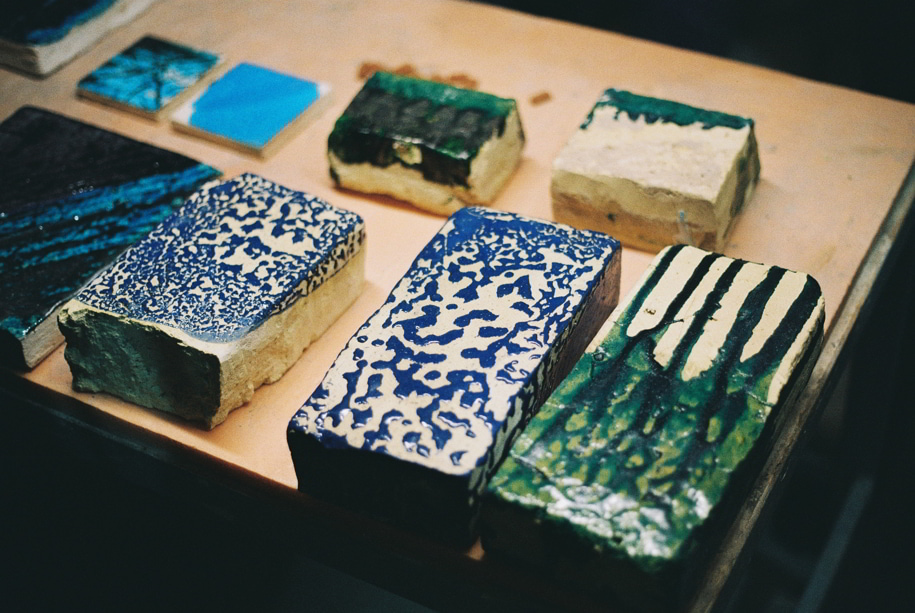
From the ruins of the ancient qalas to the multiple possibilities that earth offers to build, especially the brick. From the mythical figure of the labyrinth to the constructed reality. As many elements to be reinterpreted in order to create a sensitive and poetic architectural proposal, reflecting a truly contemporary and contextual practice.
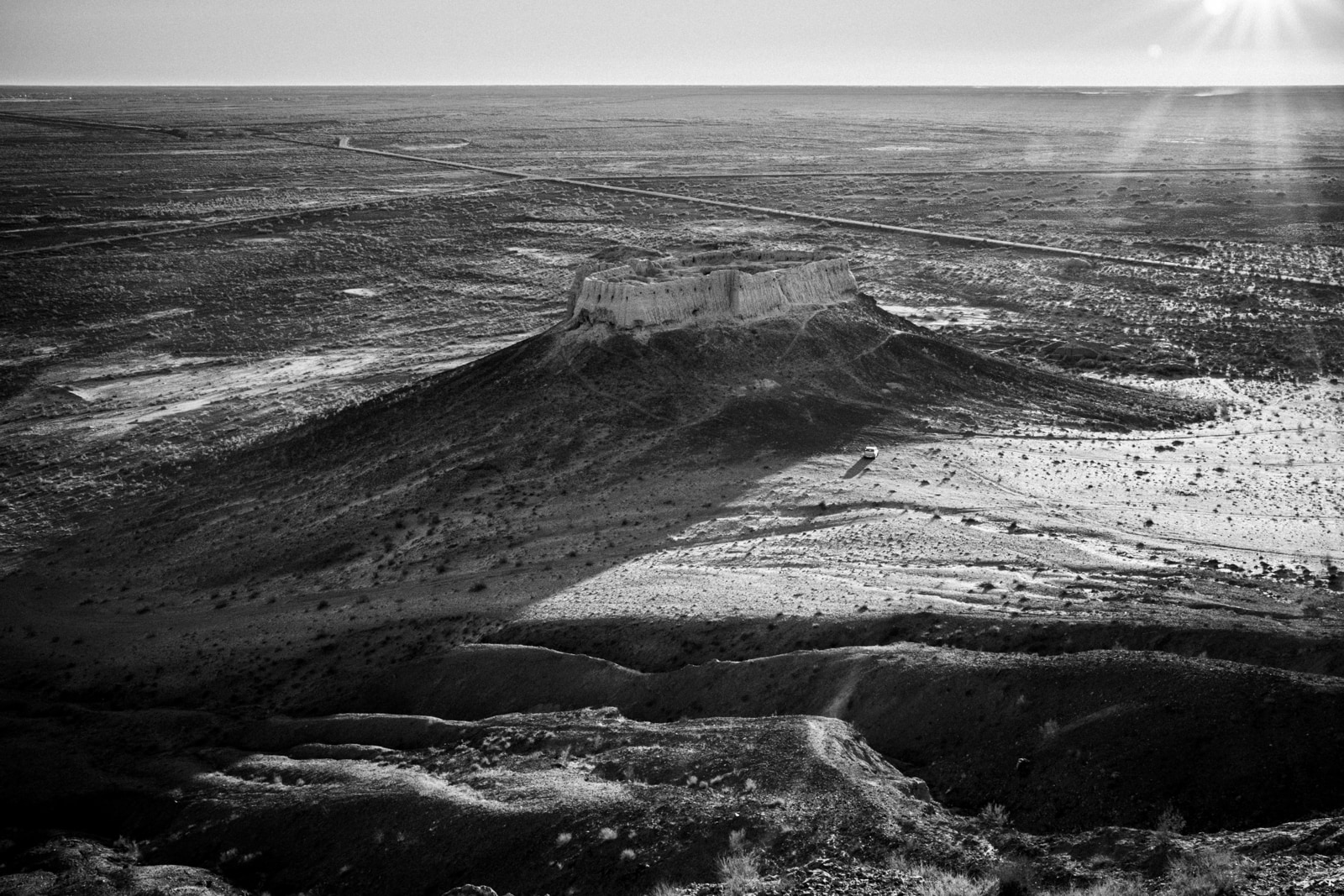
Unbuild Together: Archaism vs. Modernity
Studio KO
Since meeting at the Beaux-Arts school of Architecture in Paris and the subsequent creation of their studio in 2000, Karl Fournier and Olivier Marty have applied their elementary assertion to every scale of their projects.
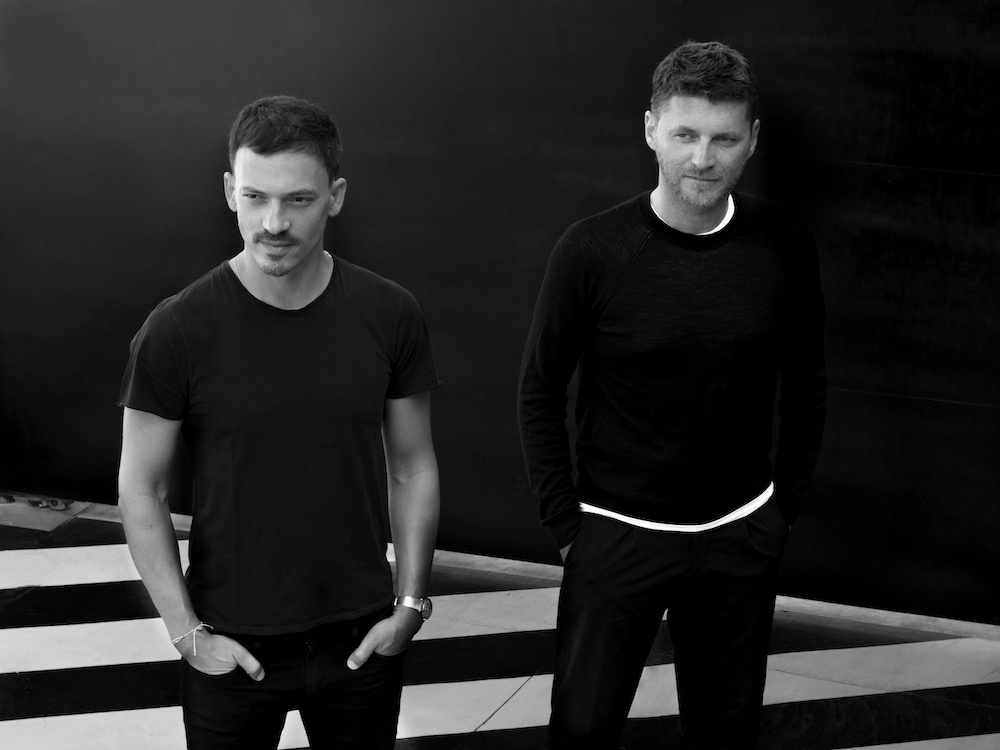
Based in Paris and Marrakech, Studio KO creates contemporary public and residential architecture all over the world, inspired by the intelligence of places. Not confined to a grammar of styles or any systematic methods, the studio is defined by an attitude. An esteem for nature and existing cultures, the audacity of the broad aesthetic differences, an attention to craftsmanship and local skills, a permanent search for the rugged. For an architecture of oxymoron. Radical and archaic. An architecture with a sensibility that, from the foundations to the signature scent, reveals, without arrogance, its uniqueness and mystery.
Unbuild Together: Archaism vs. Modernity
The associated artists
Abdulvahid Bukhoriy: Artist, Ceramics Master
In 1977, Abdulvahid Bukhoriy was born in Bukhara. As a young student, he learned his first lessons in ceramics from the renowned folk ceramics craftsman Babayev from Uba village in Vabkent Region and Master A. I. Narzullayev of the Gizhduvan School of Ceramics. The renowned ceramics master Fazil Mirzayev taught him the fundamentals of both modern and traditional Uzbek ceramics, and he later graduated from the ceramics faculty of the School of Arts named after P. P. Benkov. Abdulvakhid was able to choose his career thanks to his familiarity with the ceramic creations of well-known artists and the curriculum of local Uzbek schools. Since then, he has started to consider what will happen to and how to bring back the Blue Ceramics of Bukhara, which have been forgotten for more than a century and have ceased to exist.
El Mehdi Azzam: Author, filmmaker
After studying engineering and physical sciences, El Mehdi Azzam turned to cinema which he studied first in Morocco then in France. As a director, his films have been awarded in several festivals (Grand Prix in San Sebastian, Prix Jeune Public in Cinémed, Prix SACD, Prix Canal). He has collaborated with Studio KO on three creative films: Almost KO, ‘E’, Tentative désespérée pour définir la patrie. Currently, he is preparing a PhD at the Jean Jaurès University in Toulouse, around the aesthetic impact of Artificial Intelligence on cinematographic language.
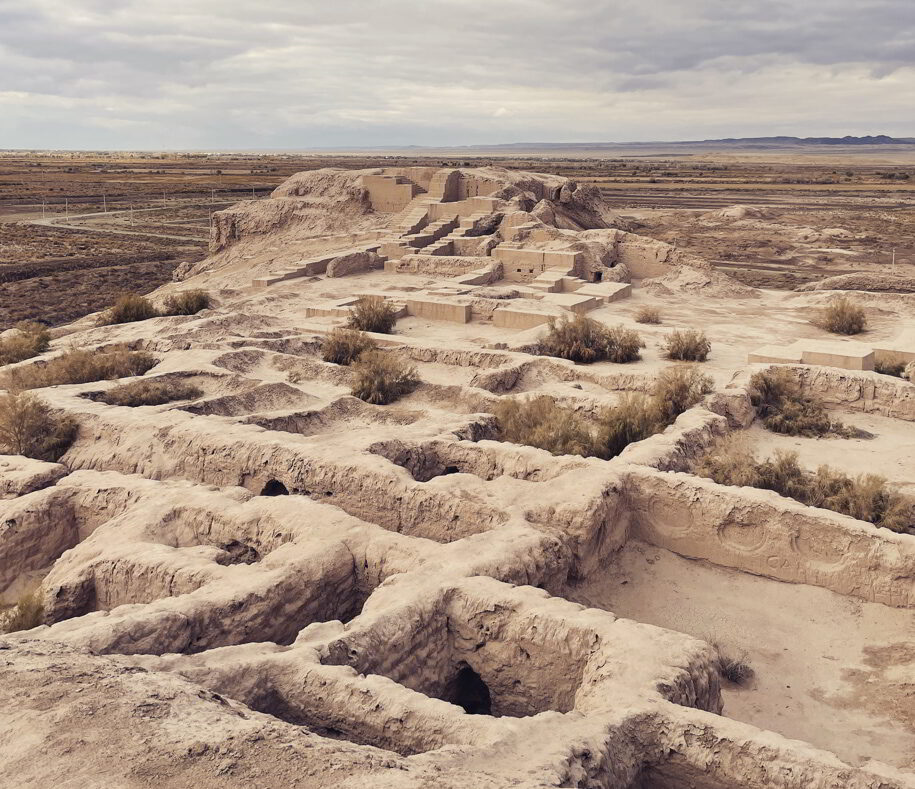
Miza Mucciarelli: Architect, sculptor and model maker
Born in Brescia, Miza Mucciarelli graduated from the Polytechnic School of Milan in 2001. The same year, she moved to Paris to manage the model laboratory at Dominique Perrault Architecture. She worked on the restoration of the archives and creation of new models, then set up the Perrault retrospective at the Centre Pompidou. In 2009, she founded her own studio, Atelier Misto, dedicated to architectural models that ally craftsmanship to the choice of precious materials: marbles, onyx and other rare stones, resins mixed with special woods, glass and metals. Constantly experimenting, researching and combining new techniques and materials to achieve her personal aesthetic, Miza conceives her models as sculptures reflecting the essence of spaces and associated sensitive experiences. She lectured both at the Ecole Nationale Supérieure des Arts Décoratif (ENSAD) and FEMIS film school in Paris until 2015.
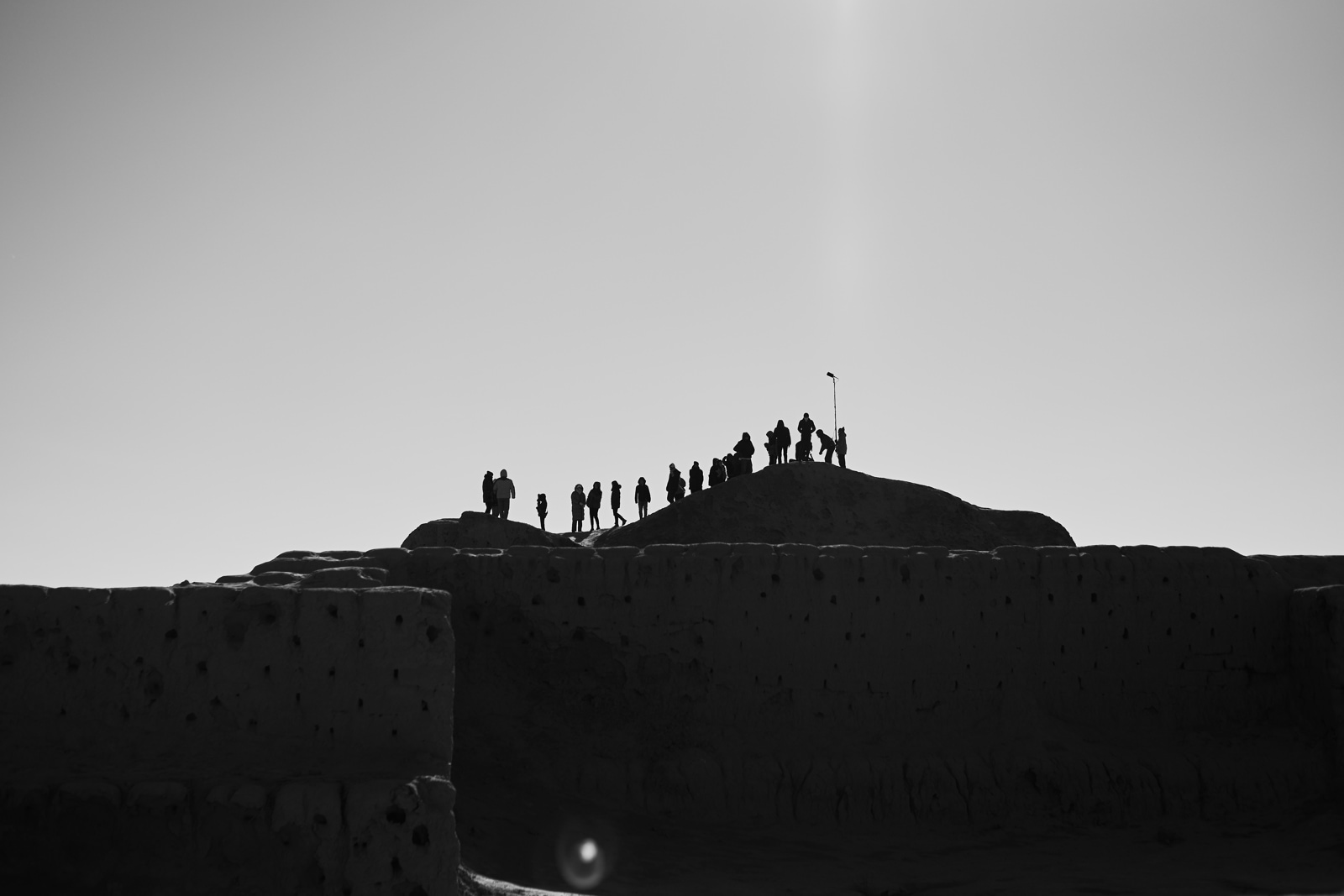
Emine Gödze Sevim: Photographer
Born in Istanbul, Emine Gödze Sevim is an artist acclaimed for her narratives about lives amidst historic shifts. Her work focuses on individuals’ experiences in globally newsworthy moments in an attempt to create “alternative” visual narratives of history. She graduated from Bard College in 2008. Her works to date have been exhibited, published and recognized by awards and grants internationally. She is the author of “Embed in Egypt” (Kehrer Verlag, 2015) and is the first, and to date the only grantee of Turkish origin of the coveted Magnum Foundation Fund. She lives in Brooklyn, New York.
Unbuild Together: Archaism vs. Modernity
The research partners
Ajou University in Tashkent (AUT) was established in 2020 in cooperation with Ajou University (Republic of Korea). Ajou University graduates make splendid careers at organizations whose activities relate to Engineering, IT, Medical Sciences, Business, and International Studies. Ajou University is widely recognized for its innovative international programs and strong support for international students and has collaborative partnerships with over 322 universities in 65 countries.
Unbuild Together: Archaism vs. Modernity
The two workshops
The Unbuild Together: Archaism vs. Modernity workshops in Uzbekistan focused on exploring the tension between archaism and modernity in architecture. Led by Studio KO, the workshops provided architecture students of the Ajou University in Tashkent with opportunities to study traditional brick architecture and ancient qalas ruins, and to use materiality as a means of ideation.
1) The first workshop, Archaism vs Modernity, centered on the spatiality of architecture and the cultural heritage of ancient qalas in Karakalpakstan. The students embarked on a field trip to witness the ruins firsthand, considering them both as a testimony of the past and as the future of modernity. The theme of contextuality was explored, as the students delved into Jean Nouvel’s Louisiana Manifesto and discussed the potential and limits of contextualism in architecture.
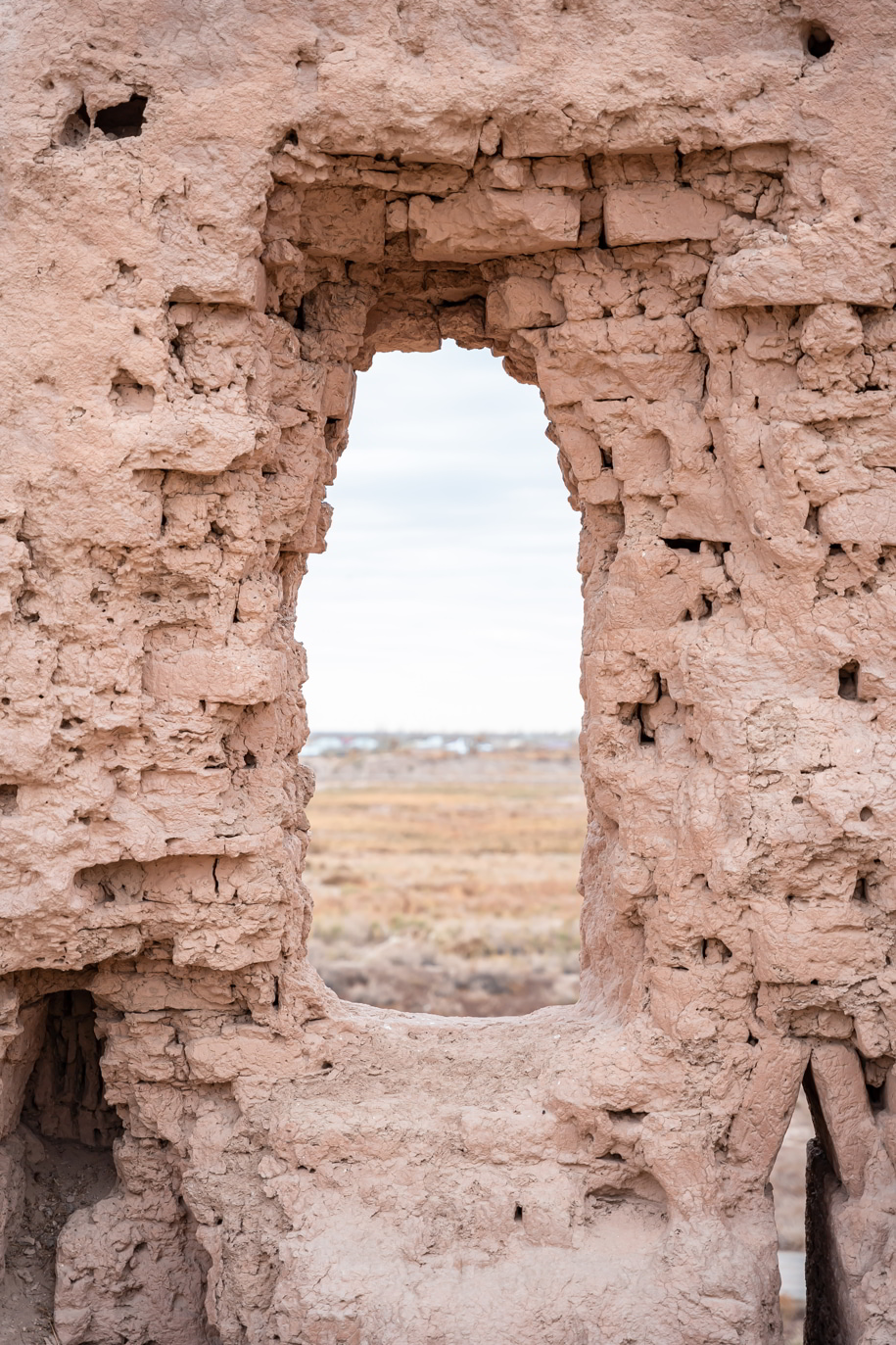
2) The second workshop, Brick, from clay to wall, focused on the materiality of bricks, with a particular focus on the secular structures such as trading buildings and caravanserais that played a significant role in international trade along the Great Silk Road. Led by Studio KO, the students from Ajou University in Tashkent observed traditional construction techniques and innovations, such as the use of kiln-dried bricks, the decorative use of bricks in architecture in Bukhara, and the mastery of brick glazing at the ceramic workshop of the artist Abdulvahid Bukhoriy. The students were encouraged to use all types of representation to embrace the rich and varied possibilities of materiality and to find their own voice in the symphony of form and substance. Beginning with an emphasis on understanding scale, the workshop proceeded with building and photographing Nikolai brick creations with the guidance of Studio KO and Miza Mucciarelli. From the base of carved wood, to the buildings of prints, to the patterns of bricks, the students immersed themselves in the tactile and sensory experiences of selecting and manipulating different materials, exploring specificities such as textures, transparencies, and colors. The students’ ideas and explorations became a part of the spatial proposal of the Uzbekistan National Pavilion.
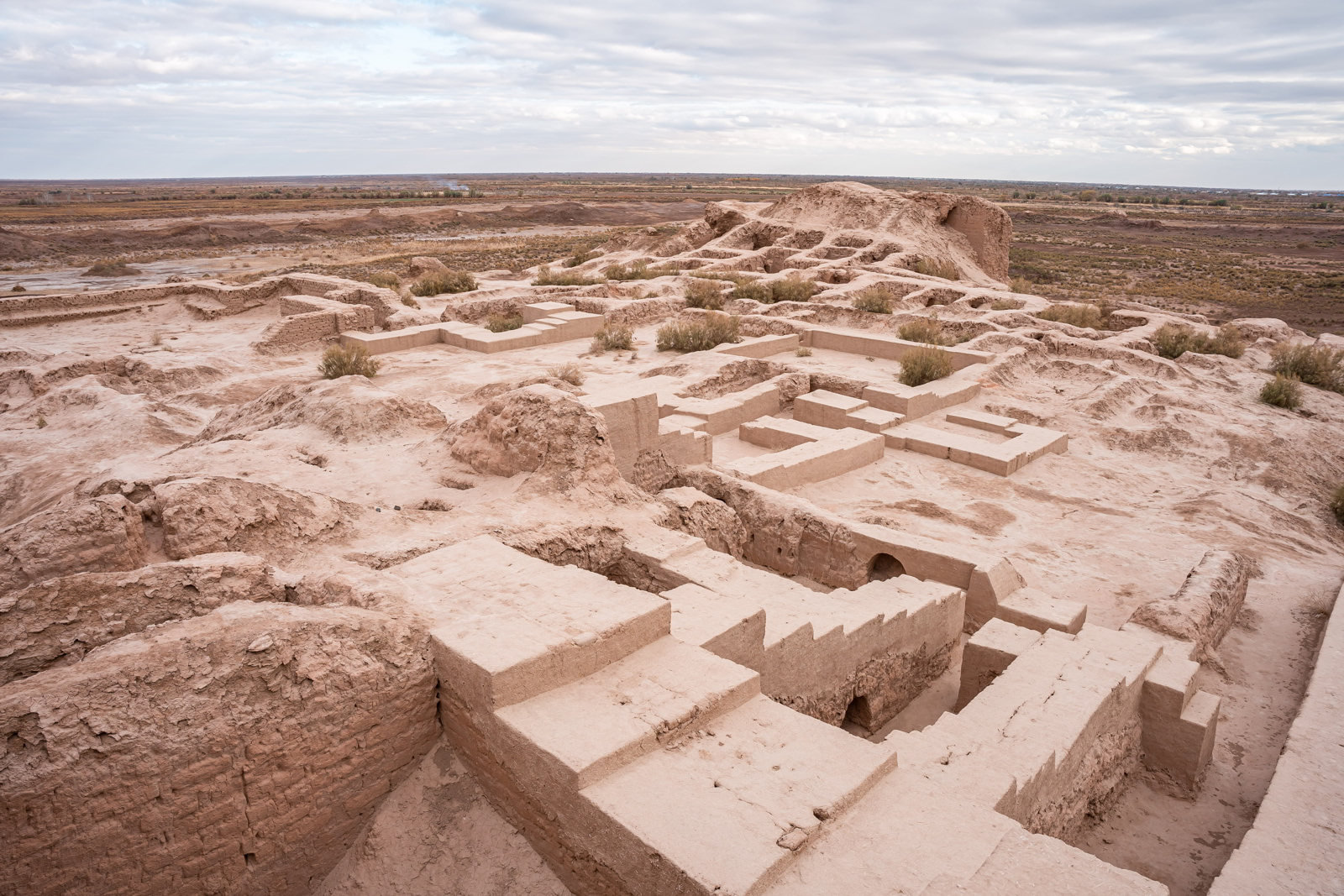
Facts & Credits
Exhibition Venice Architecture Biennale
Pavilion Uzbekistan National Pavilion
Curation Studio KO
Duration May 20th-November 26th 2023
Location Venice, Italy
Venue Arsenale
READ ALSO: ΕΣΩ 2023 // MULTIVERSE // Archisearch Lifetime Achievement Awards: H σημασία της λεπτομέρειας - Κυριάκος Κυριακίδης